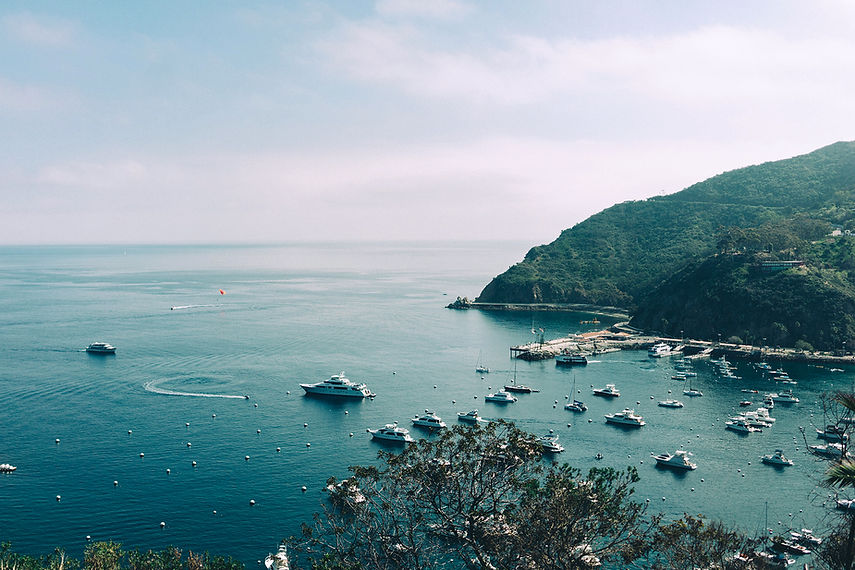
VARS
Aquaculture and Seafood Trading Co.

Olive Flounder Culture
Summary
Market size of cultured flounder fish is between 800-1500 gr.
The optimum temperature for the fish ranges between 17 and 24◦C.
The feed conversion ratio (FCR) is about 1.1 and from 10 cm juvenile to commercial size of 1 kg takes about 8-10 months.
Breeding of flounder needs special techniques.
Flounder eggs are about 1 mm in diameter. Eggs are particularly difficult to rear, compared with other marine fish.
Development of flounder from fertilized egg to larvae about 10–15 mm long takes about a month. Survival rate varies with best live animal feeding like batches of Rotifers and Artemia.
Broodstock of Olive flounder are held in land-based tanks. Water temperature is usually kept between 13 and 18◦C .
Eggs are obtained from wild-caught fish or from 3-year-old cultured fish .
The natural spawning occurs from January to May.
For commercial purposes, with control of light and temperature ,broodstock are ready to spawn throughout the year, especially in autumn.
Hormonal treatment is not required.Females and males can spawn naturally in captivity and one female can lay up to 400,000 eggs several times.
Genetic variation of broodstock is necessary, when more and more fishes are originated from hatchery-raised fish.
Egg incubation
Once eggs are fertilized, collect into collectors and transferred to incubation tanks. Hatching rate in darkness and water temperature of 14–16◦C can reach to 90%.
As a first feed, four days after hatching and just before the larvae opens his mouth , Rotifers are given to larvae for about 15 days. Then, Artemia is preferred.


Developing fish eggs

Metamorphosis
During Metamorphosis, Olive flounder looks like other fishes in a round form. Then it turns on one side. Later this side would become its belly. Also, the eye and nostril of this side slowly move up and over the head and joining to the other eye which is on the back of fish. The extraordinary biological changes occur 24 days after hatching and will be completed on the day 50th.
In this period, attention to this point is necessary that bigger larvae eat smaller ones , because not all of them metamorphose simultaneously. So size grading should be considered as a priority.

Weaning
Weaning occurs 20 days after hatching when larvae weigh 20-100 mg and is completed after 1 month which time juvenile weigh reach to about 1 gr. Survival rate varies with different factors but expected to be over 65%.
In Nursery artificial feed are fed at the rate of about 5% of body weight until fish long reach to about 15 cm .Water temperature is kept between 18-23◦C
Growout Olive flounder are kept in the flow-through systems in land-based facilities. Olive flounder are naturally avoiding any stress under farming conditions and this is their advantage compare to more excitable agitated species.
They also like crowding together on the bottom of tank and stocking densities for flounder are usually expressed in terms of kgs per square meter.
dry feed
Dry formulated feeds work well and can be converted efficiently.
The feed conversion ratio (FCR) is about 1.1 and from 10 cm juvenile to commercial size of 1 kg takes about 8-10 months. Probably this low FCR is significant advantage from the economic point of view for commercial production.
Protein and other ingredients of artificial feed should be kept in balance with needed energy of fish. A lack of key elements or an excess of digestible energy can reduce growth rates of fish. Vitamins deficiency in olive flounder may cause some diseases and deformities as well.